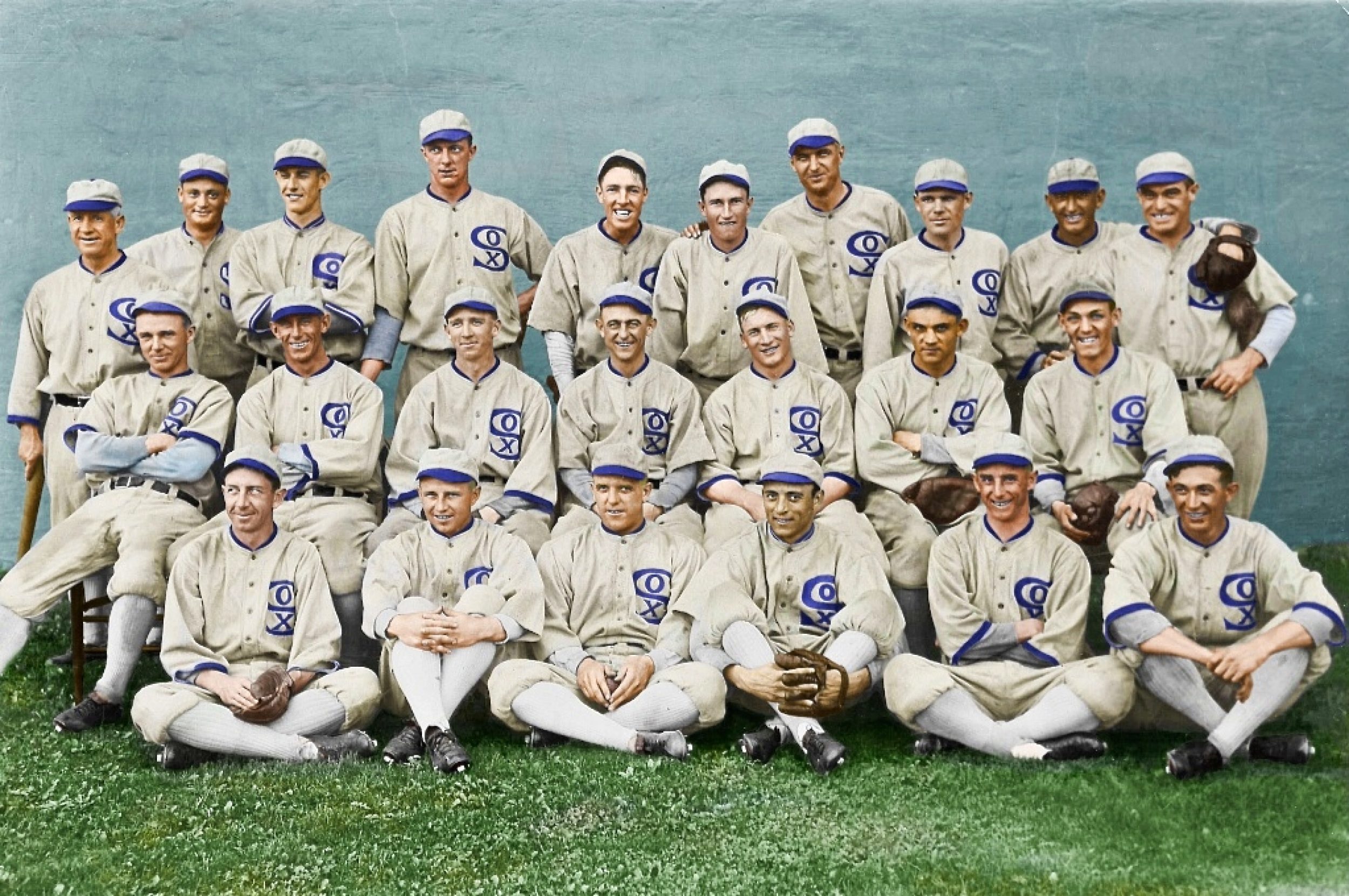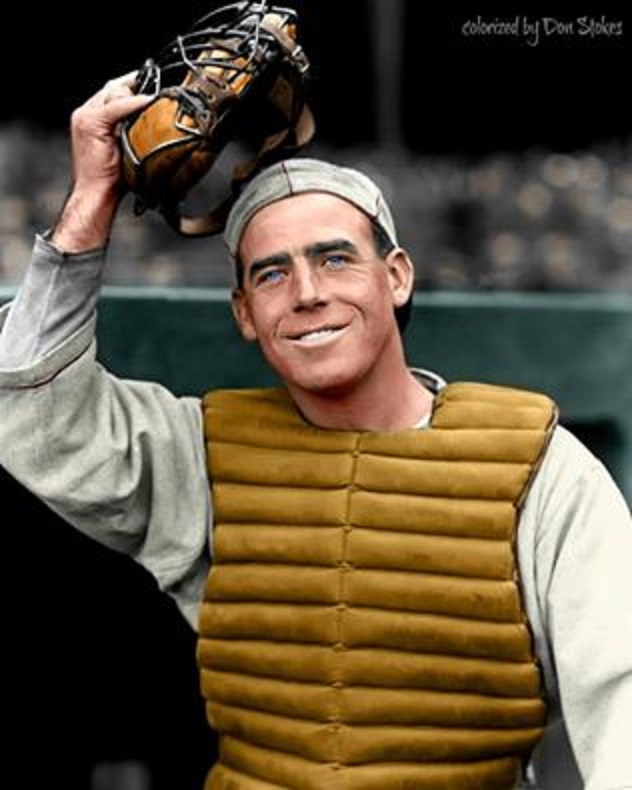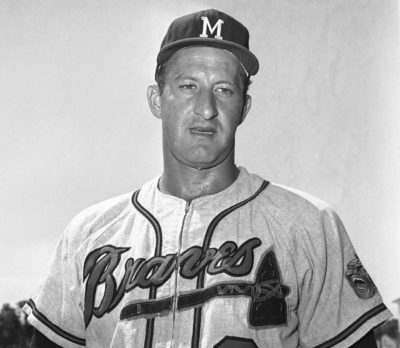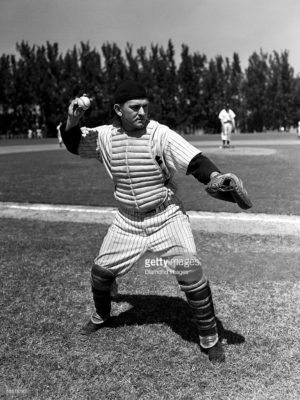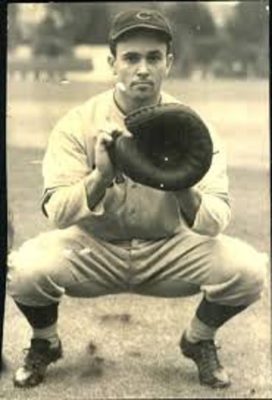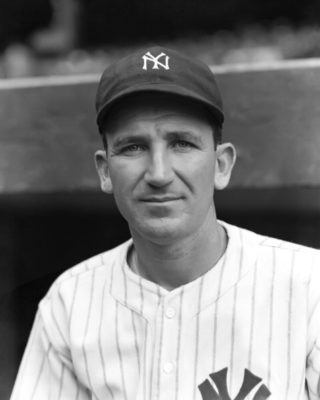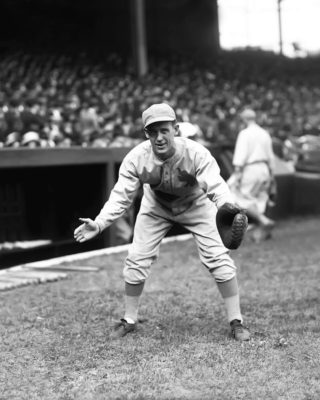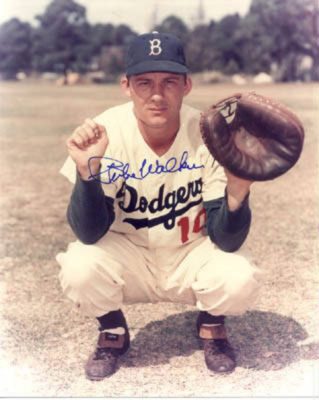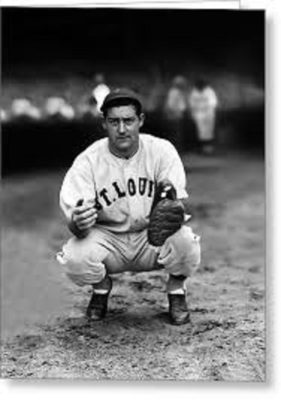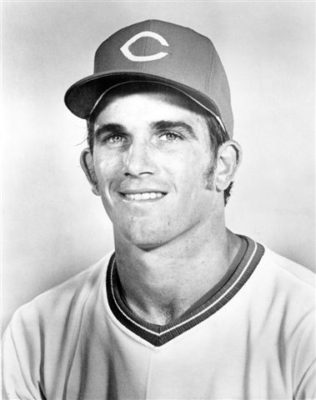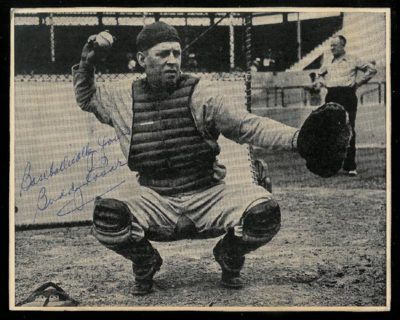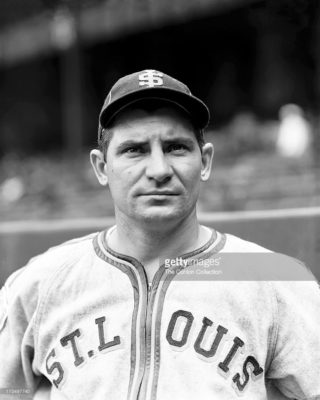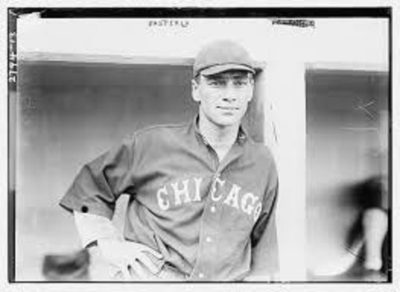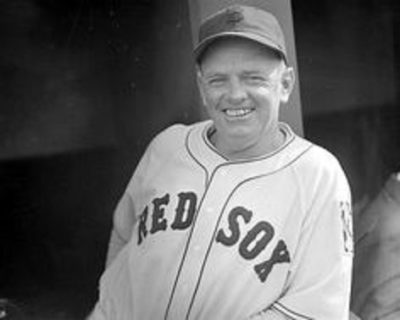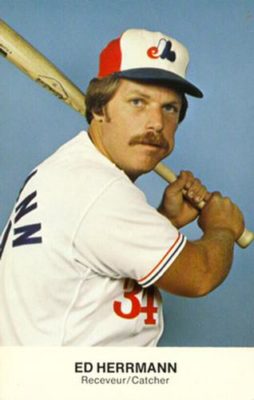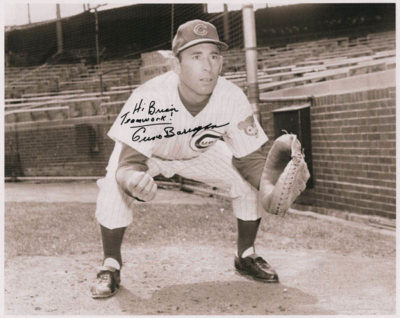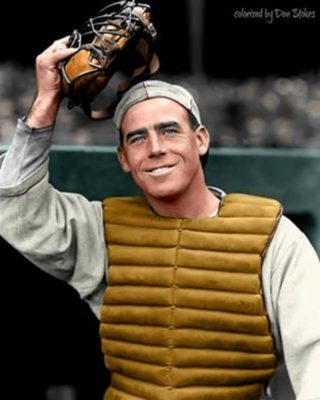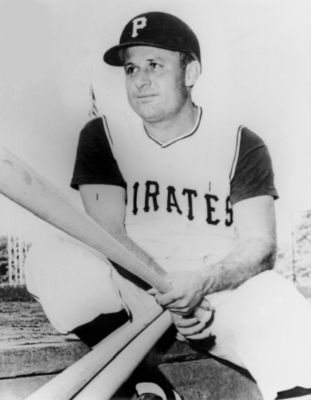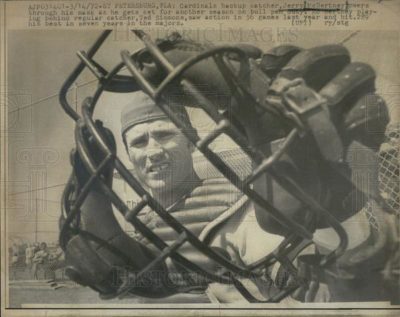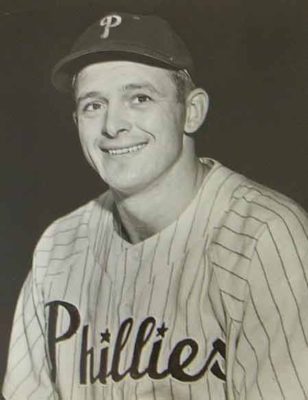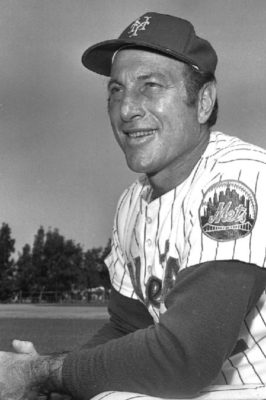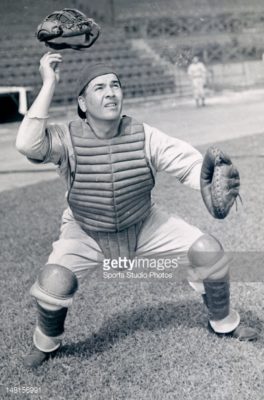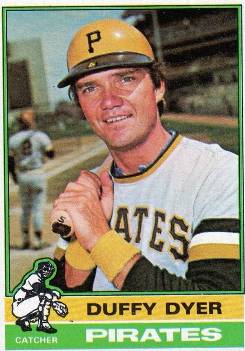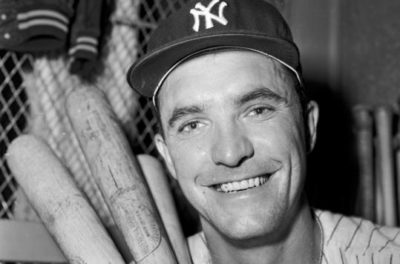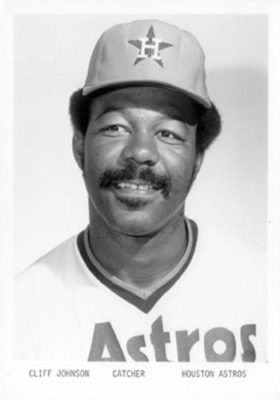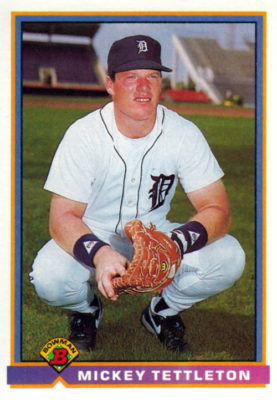Backup Catchers Photo Gallery
Click on any image below to see photos in full size and to start Photo Gallery:
Let’s Hear It For or the Back-up Catcher!
Every team needs a back-up catcher, sometimes two. They’re a vital part of every roster. Yet can you think of any other position that gets such little recognition?
Thanks to Don Stokes for throwing some light on our featured back-up catcher, Benny Bengough. Don and I were joking about how many of our readers will have even heard of the guy. Even so, we’re going ahead with it anyway!
Benny, this is your moment in the sun!
The most typical profile of a back-up catcher is that he’s decent on defense, usually possessing a strong arm, but is a weak stick. Often back-ups can milk their defensive skills into multi-year careers in the majors. Our man Benny Bengough fits this stereotype perfectly. The 5’ 7”, 168 pound Benny played 10 years in the majors with the Yankees (1923-30), and the Browns (1931-32). Over his less-than-stellar career, the likeable Bengough hit .255, with 287 hit in 411 games, 108 RBIs, and exactly zero home runs.. After his playing days were over, he coached for the Senators, Braves, and Phillies, and was still on the Phillies payroll as late as 1959.
Benny’s meal ticket was his defense. He had a career .988 fielding average, which was 10 points higher than the league average during his playing days. He led the American League catchers in fielding percentage in 1928 with a .992 average, and started in all four games of the 1928 World Series. Over his career, Benny backed up such great (and not so great) catchers as Wally Schang, Pat Collins, Johnny Grabowski, Bill Dickey, and Rick Ferrell, the latter two Hall-of-Famers. Benny could even boast that he was a member of arguably the greatest team in baseball history, the 1927 Yankees…even if his zero home runs didn’t exactly elevate him to the status of a member of Murders’ Row. But, hey…he was on the team!
I’ll bet you thought June 1, 1925 – the day Lou Gehrig replaced Wally Pipp at first base – was a significant day in baseball history. Well, that’s not the only thing that happened that day. No siree! I’ll have you know…on that very same day…Yankee manager Miller Huggins made Benny the Yankees’ starting catcher! OK…so it doesn’t quite march up with the Gehrig move for significance. Unfortunately, the promotion didn’t last long. By 1926, due to his inadequate offense, Huggins had demoted Benny to his more customary back-up role behind Pat Collins, and there he would remain for most of the rest of his career. Benny was a member of four pennant winners (1923, ’26, ’27, ’28) and collected World Series winners’ shares in 1923, ’27, and ’28 (he didn’t play in the ’23 or ’26 World Series).He bankrolled another winners’ share as a coach for the Phillies in 1950. Not bad for a journeyman back-up catcher.
One other back-up catcher I’d like to mention is the Brewers’ great play-by-play broadcaster, the witty Bob Uecker. There’s a story he once told which I’ve always thought was really funny. Ueck once served as the back-up to Joe Torre. One day, Torre got hurt, and went on the DL. The Braves were forced to play their back-up catcher, Uecker, for three week while Torre recovered. As Ueck tells the story: “Torre’s getting hurt almost ended my career…I couldn’t hide, they had to play me!”
-Gary Livacari
Photo Credits: Colorization of Benny Bengough sent by Don Stokes. Visit Don’s FB page at: https://www.facebook.com/Don-Stokes-Old-Time-Baseball-Colorizations-923346241033508/; other from Google search
Information: Excerpts edited from the Benny Bennough Wikipedia page.
Statistics: from Baseball-Reference.com
Subscribe to my blog for automatic updates and Free Bonus Reports: “Memorable World Series Moments” and “Gary’s Handy Dandy World Series Reference Guide.”
